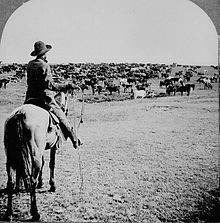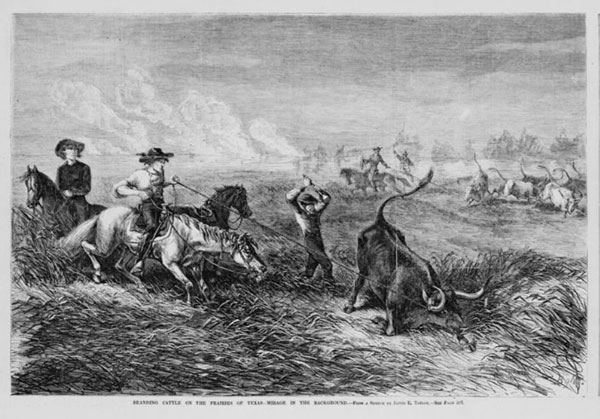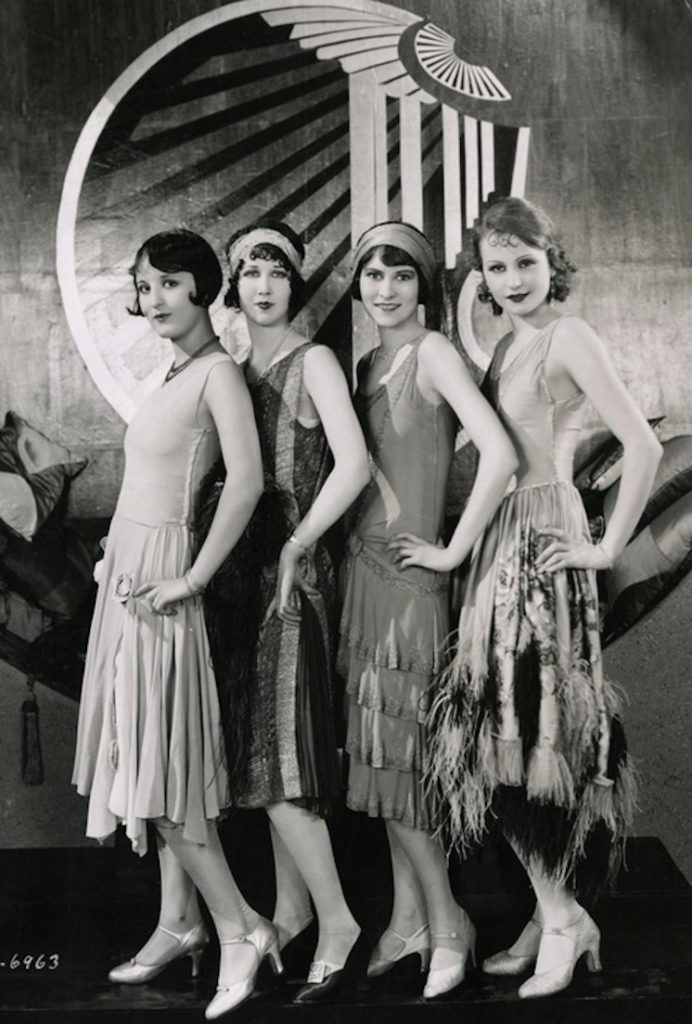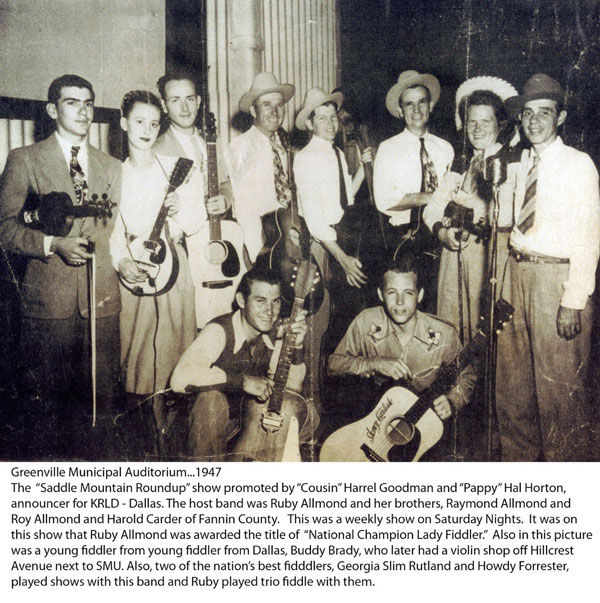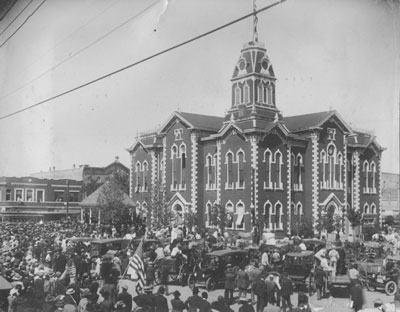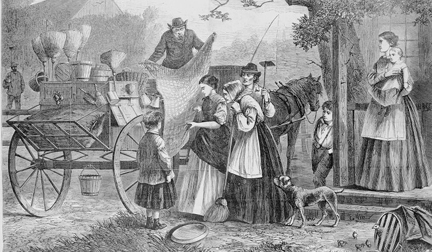
I thought I had heard it all until I picked up my copy of Blacklands: Historical Sketches of Hunt County, Texas; stories collected by Jim Conrad during his remarkable career as Archivist at Texas A&M University Commerce. The little book just opened to a piece styled “Chicken Peddler’s Arrival Was a Most Welcome Sight.”
In farming and ranching, whether on a gigantic expansion or simple subsistence farming, the major crops, corn, cotton, and cattle, were the responsibility of men. Women took charge of the house, the vegetable garden, hogs and milk cows and the hen house. Those animals took up little space, in fact chickens feasted on insects to the farmer’s delight.
In any decade between the Civil War and World War II, less than half of the rural residents owned or had access to any means of conveyance. One woman whose husband was a tenant reported she went to town only twice in two years. The knight in shining armor was the chicken peddler.
The appearance of the chicken peddler was a red-letter day for the entire farm family. He usually traveled in a small wagon pulled by mules or a horse. The back of the wagon was loaded with chicken coops, filled with old hens whose laying days were long gone. But those old hens made good chicken and dumplings. He also had such items as fabric for a new dress or shirt for the man, snuff for the women and chewing tobacco for the men. Peppermint candy and chewing gum were favorites of children. Canned goods, cooking supplies, spices, needles and thread were trade items, also.
No money was exchanged. The peddler exchanged goods with the woman for her chickens, eggs, butter, and vegetables. Both seller and buyer noted the transaction in a little notebook. The housewife was delighted with her purchases as were her children and spouse. The peddler whistled as he drove off to sell what he had taken. These went to urban customers, merchants, and even the peddler’s own country store.
Each peddler had his regular route he traveled. In the autumn, after cotton had been picked and money was circulating, traveling medicine men and itinerant peddlers drove rigs loaded with imported good to the farm houses and unrolled their wares of patent medicine, jewelry, Persian rugs and other treasures. As farm prices continued to drop, fewer of these peddlers made their way through farming and ranching lands.
When cotton prices dropped the land owner told his tenants to plant right up to the house he provided them. Of course, the tenant had no choice. By planting that close to the house, there was no room for a chicken yard, pig sty or lot for a milk cow. The diet of the family crumbled leaving malnutrition knocking at the door. You can only image the disastrous lives through the 1920 and thirties for poor farmers and ranchers. But that is several other articles.



